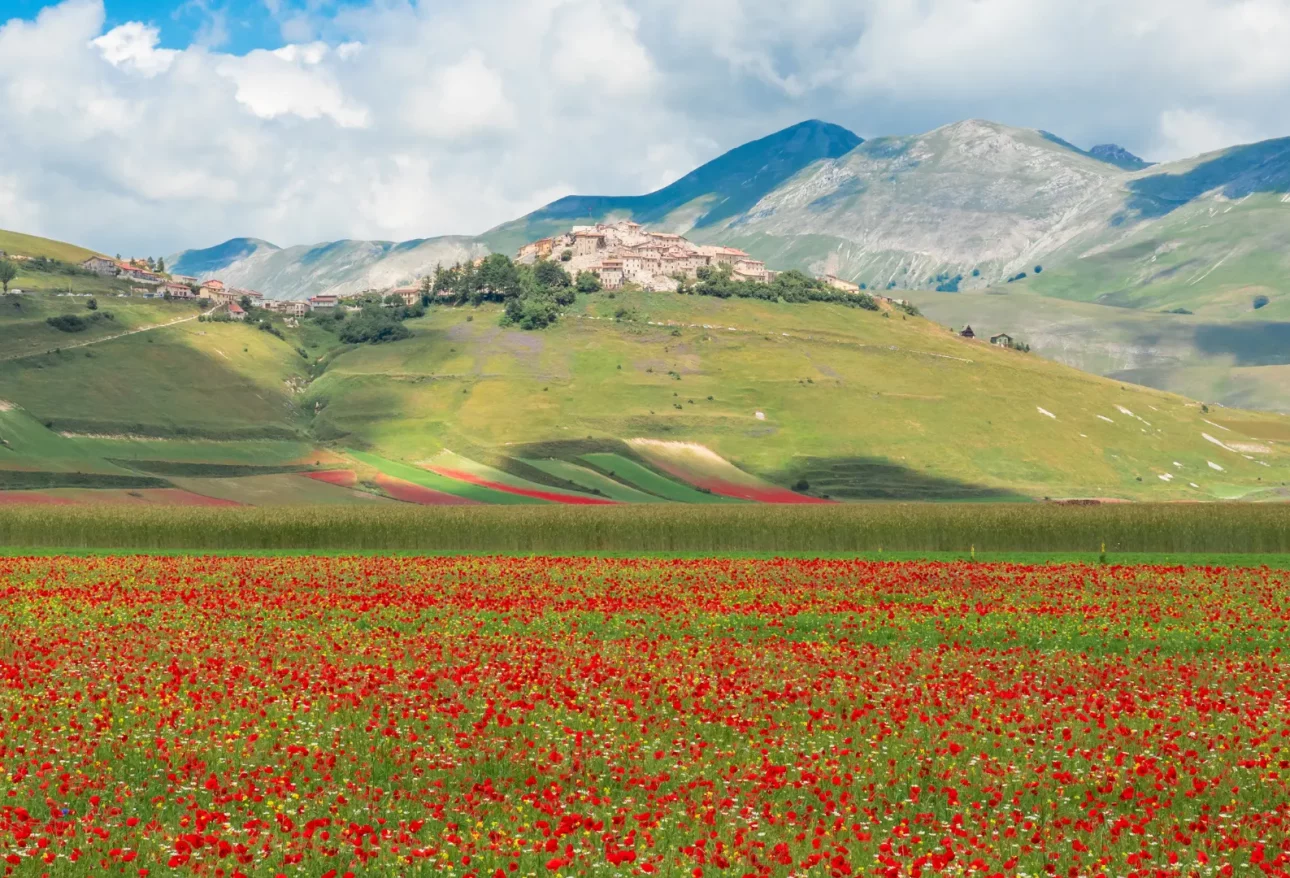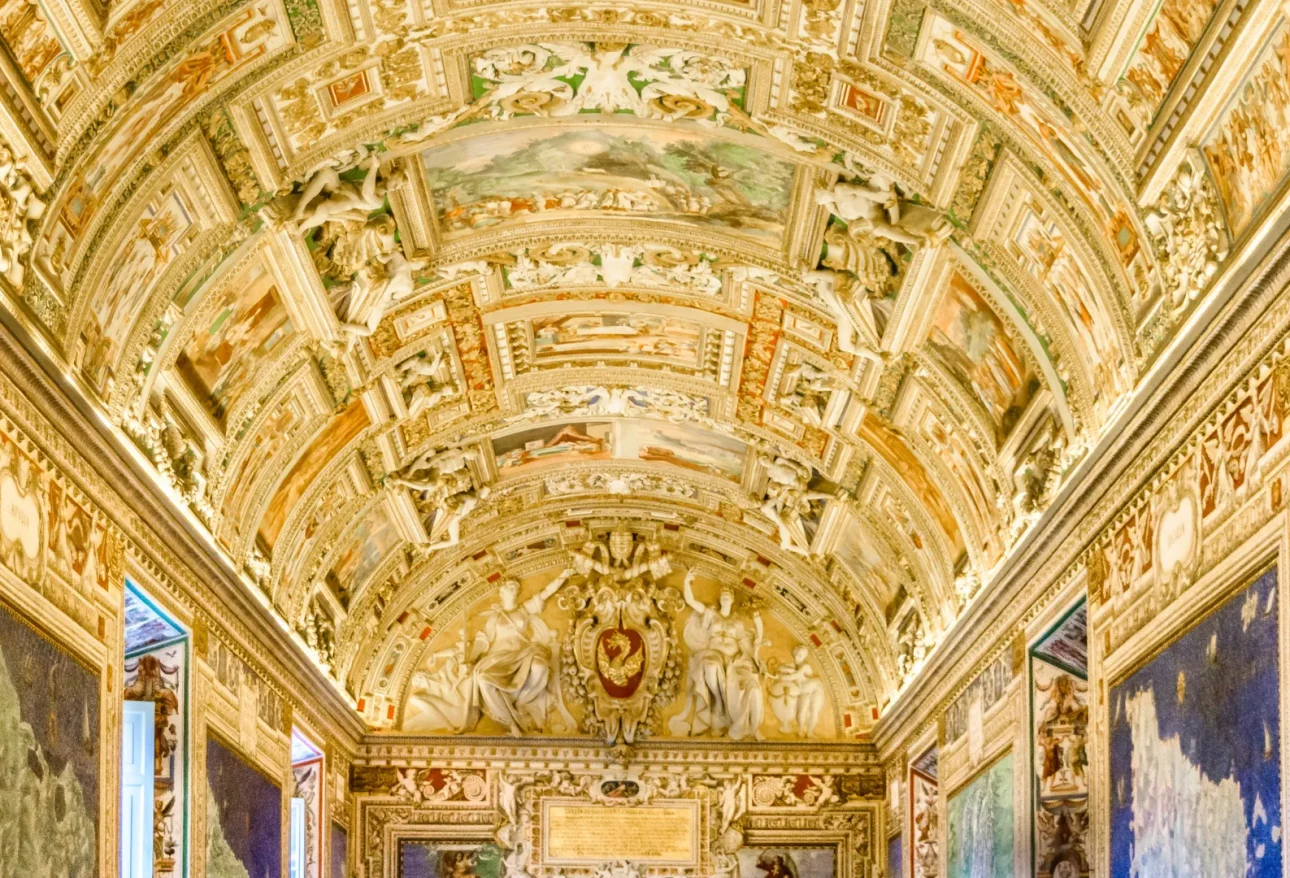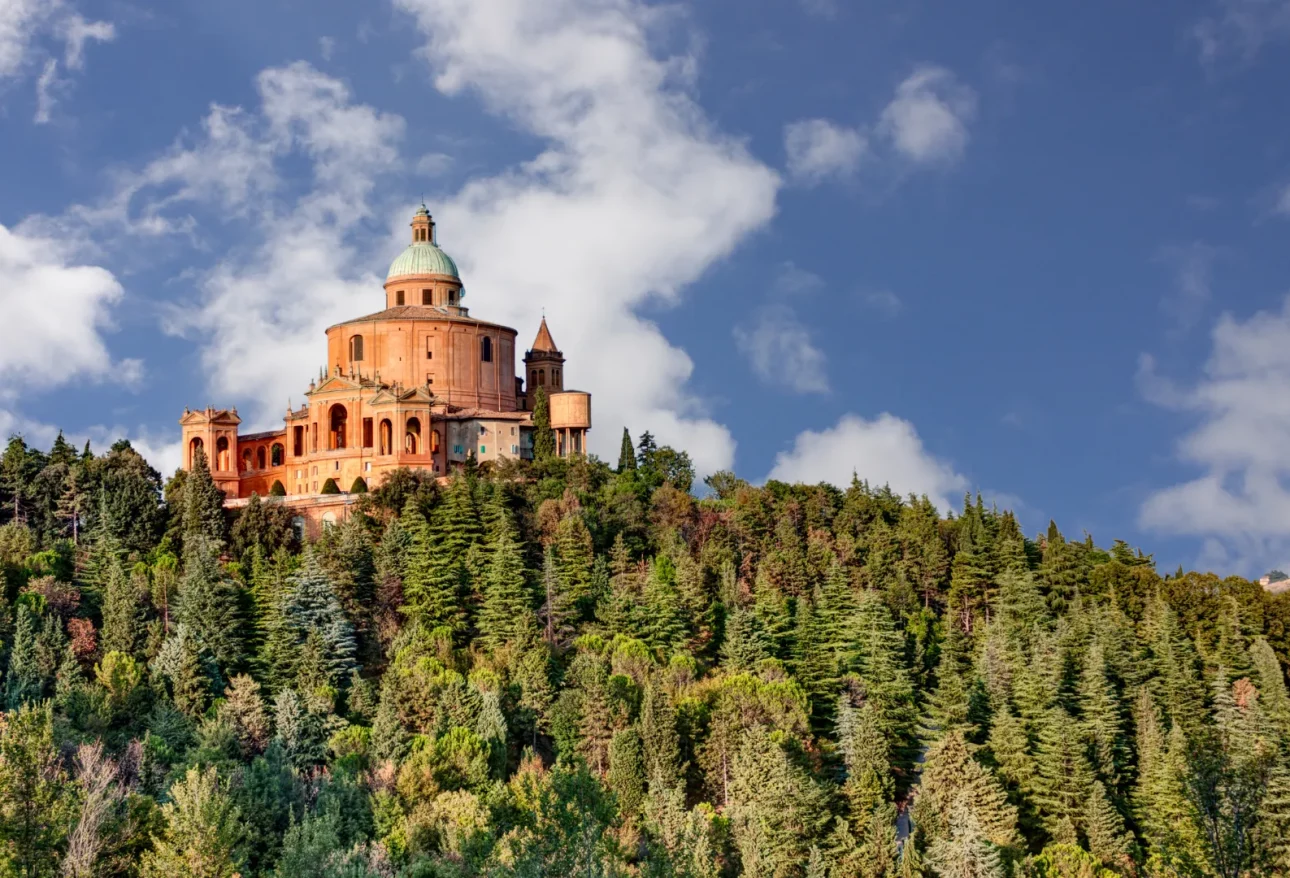
Under-the-Radar Italian Cities for Stylish UK Travellers
Why Choose Underrated Italian Cities? Italy’s allure is timeless—impeccable art, legendary cuisine, and effortless style. Yet, the most refined Italian experiences often unfold away from the crowds of Rome, Venice, or Florence. For the discerning UK traveller, venturing off-the-beaten-path rewards with an authentic taste of elegance and culture. According to the Italian National Tourist Board (ENIT), secondary cities saw a 28% rise in luxury travel bookings in 2024, a trend expected to grow in 2025. By choosing lesser-known Italian cities, you discover a slower, richer Italy—where every piazza feels tailored to you. The answer is clear: for those seeking exclusivity, Italy’s hidden cities deliver luxury, authenticity, and unforgettable stories. Italian Cities Worth Considering Discerning UK travellers and couples who have already experienced Italy’s classics can delight in a new tapestry of elegance—where each city unveils its own cultural treasures and refined pleasures. Here, we offer a carefully selected quartet of Italy’s elegant, underrated gems: Bologna: Food, Culture, and Understated Elegance Bologna, often overlooked for its famous neighbours, boasts an intoxicating blend of medieval architecture, gourmet excellence, and discreet style. Its UNESCO-listed porticoes stretch for over 38 km—the perfect shelter for strolling, shopping, or simply observing local life. According to Lonely Planet, Bologna is experiencing a surge in high-end gastro-tourism, with Michelin-starred dining such as I Portici and contemporary art at MAMbo topping the must-visit list. What to experience: Verona: Romance, History, and Boutique Luxury Stylish and steeped in legend, Verona charms with its Roman amphitheatre, frescoed piazzas, and sophisticated nightlife. Unlike the bustling lanes of Florence, here romance lingers quietly in shaded courtyards. The city has increased its luxury tourism services by 24% in 2024, focusing on exclusive experiences away from mass tourism. Must-do experiences: Parma & Reggio Emilia: Gastronomic Gems and Art Cities For gourmets and aesthetes, Parma and nearby Reggio Emilia are a feast for the senses. Both cities combine refined Renaissance art, stately theatres, and world-famous cuisine. In 2025, Parma will host “Festival Verdi” and several global food events. Indulgences include: Lecce: Baroque Beauty and Puglian Soul, Crowd-Free Lecce—the “Florence of the South”—entices with golden baroque architecture and a more languid southern vibe. Unlike the tourist throngs on the Amalfi coast, Lecce is still an insider’s secret for stylish adventurers. According to Puglia Promozione, luxury stays in Lecce are up 31% in the past two years, propelled by boutique hotels and artisan workshops. Highlights: Luxury Experience in the Underrated Italian Cities Elegance in Italy means more than marble palaces and Michelin stars: it’s about living—and feeling—like a local connoisseur. These cities provide the perfect canvas for bespoke experiences, personal encounters, and seamless travel from the UK. Boutique Hotels, Private Guides, and Authentic Encounters From elegant palazzos turned luxury hotels to tailored walking tours led by local experts, Italy’s lesser-known cities astonish with curated indulgence. According to our experience organizing tailor-made journeys: Average costs: Private luxury tours range from €200 to €550 per day. Ready to Book Your Italian Escape? Don’t wait any longer—discover the luxury and charm of underrated italian cities. Contact us to start planning your perfect, bespoke Italian getaway! Accessibility from the UK: Flights and Rail Connections to italian cities Hidden doesn’t mean hard-to-reach: each city is well-connected for the elegant UK traveller. City Nearest Airport Direct UK Flights Fastest Train from Milan/Rome Taxi Rate Airport–City Bologna BLQ—Guglielmo Marconi Direct LHR, LGW, MAN, STN 1hr from Milan €20-€25 Verona VRN—Valerio Catullo Direct LGW, STN 1hr 20min from Milan €20-€27 Parma PMF—Giuseppe Verdi Seasonal from LON (check ‘25) 1hr 15min from Milan €16-€22 Lecce BRI/Brindisi, BDS Seasonal from LHR, LGW 1hr 55min from Bari €55-€80 Prices and flight schedules updated as of January 2025. Please confirm closer to your travel date for latest availability. Frequently Asked Questions (FAQ): What is the best time to visit these lesser-known Italian cities? Spring (April–June) and Autumn (September–October) are ideal for a balanced climate and cultural festivals, avoiding summer crowds. Are these italian cities less crowded than Rome or Venice? According to ENIT, visitor numbers in Bologna, Parma, Verona and Lecce average 35-60% less than in Rome or Venice in peak months. What are typical costs for luxury stays and experiences? Expect boutique hotels from €250–€500/night; private guides from €200/day; exclusive experiences such as artisan workshops from €180. Can I combine more than one city in a single trip? Thanks to Italy’s excellent high-speed trains, combining Bologna–Verona (50mins), or Parma–Bologna (1hr) is easy and scenic. Do I need to speak Italian for these destinations? English is commonly spoken in luxury hotels and among private guides. A few polite Italian phrases, though, are always appreciated. Your Refined Italian Journey Awaits Stepping off Italy’s well-trodden tourist path invites you into a world of authentic luxury—where culture, comfort, and style blend seamlessly. Whether savouring opera in Parma, gliding under porticoes in Bologna, or toasting sunset in Lecce, your journey is tailored to your taste for the extraordinary. Ready to Design Your Bespoke Escape? Contact us now to receive exclusive, personalised proposals tailored to your exact wishes. Let us help you craft a luxurious and unforgettable Italian cities getaway!










